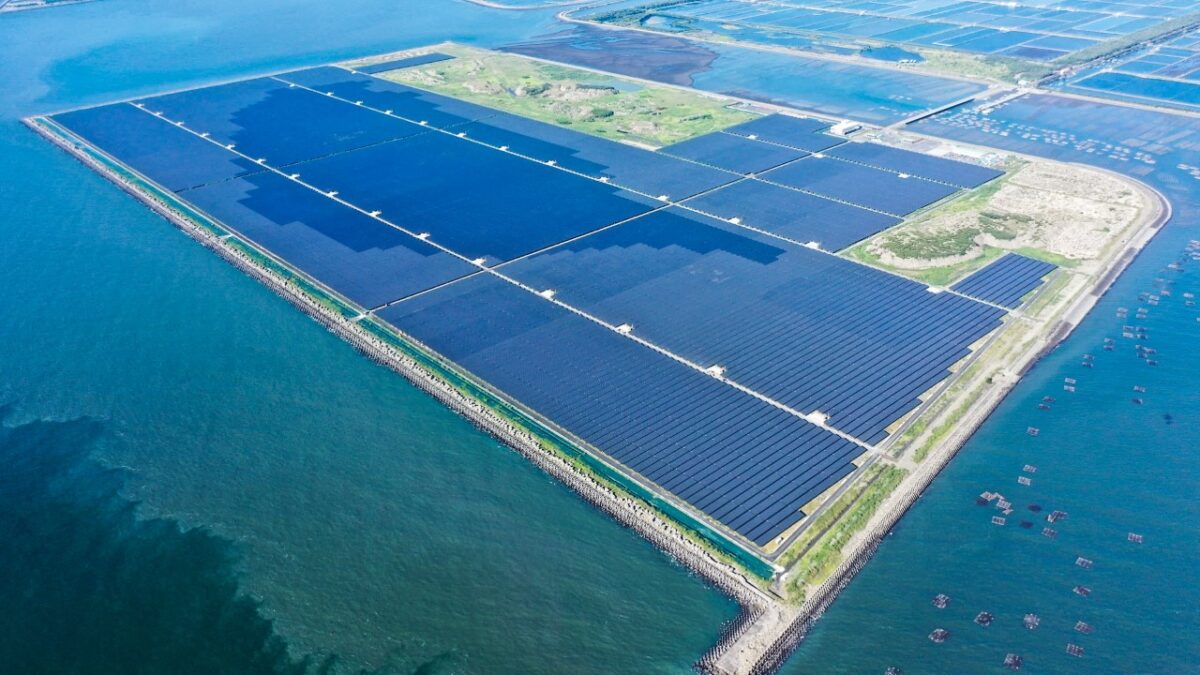Singapore-based renewables developer Vena Energy, the company behind the first large-scale solar farm in South Australia and the first big battery built in the Australian state of Queensland, has switched on the largest PV project in Taiwan.
The E2 Solar Project, built on 226 hectares of reclaimed land off the coast of Taixi in southern Taiwan, was constructed in two stages, with the first 134 MW phase of the project commissioned in March 2022. The entire project features approximately 680,000 solar panels with an installed capacity of 272 MW, capable of generating about 400 GWh of clean energy annually which Vena said is up to 4% of Taiwan’s total solar energy output, establishing it as a major contributor to the nation’s transition to green energy.
Vena Energy Chief Executive Officer Nitin Apte said the E2 Solar Project is the company’s largest operating project to date and forms a key part of its plans to accelerate the energy transition across the Asia-Pacific.
“All of the 35 GW of solar, onshore wind, offshore wind, battery storage and hybrid renewable energy projects operating or in development across the Asia-Pacific region are key to achieving a net-zero carbon emissions target by 2050,” he said. “Since 2015, we have successfully commissioned and operated seven solar photovoltaic projects totalling 412 MW, and we are delighted to see Taiwan steadily moving towards the transformation of its energy sector.”
Popular content
Vena also has its focus fixed on the Australian energy market with the company indicating it has some 6 GW of renewable energy projects planned here.
The company, owned by US-based investment fund Global Infrastructure Partners (GIP), already operates the 97 MW Tailem Bend Solar Farm in South Australia, and is currently constructing the 85 MW second stage, with a 41.5 MW one-hour battery energy storage system being built at the site.
It recently completed the 100 MW/150 MWh Wandoan South battery in Queensland and has indicated that is just the first phase in the larger Wandoan South Project, which could eventually feature 650 MW of solar and 450 MW of energy storage capacity.
This content is protected by copyright and may not be reused. If you want to cooperate with us and would like to reuse some of our content, please contact: editors@pv-magazine.com.



4 comments
By submitting this form you agree to pv magazine using your data for the purposes of publishing your comment.
Your personal data will only be disclosed or otherwise transmitted to third parties for the purposes of spam filtering or if this is necessary for technical maintenance of the website. Any other transfer to third parties will not take place unless this is justified on the basis of applicable data protection regulations or if pv magazine is legally obliged to do so.
You may revoke this consent at any time with effect for the future, in which case your personal data will be deleted immediately. Otherwise, your data will be deleted if pv magazine has processed your request or the purpose of data storage is fulfilled.
Further information on data privacy can be found in our Data Protection Policy.